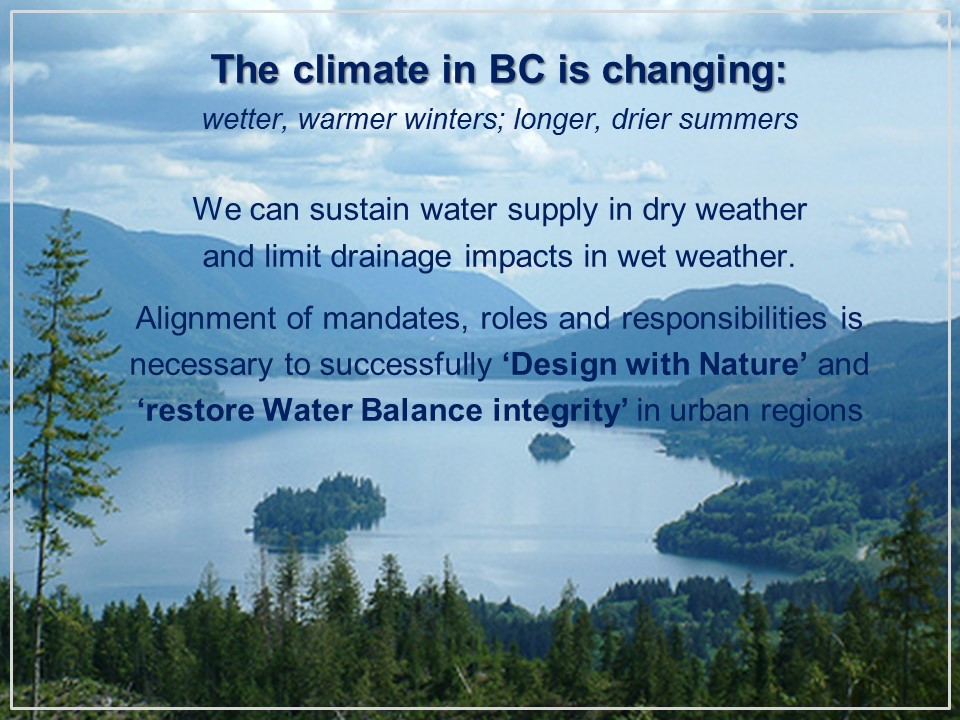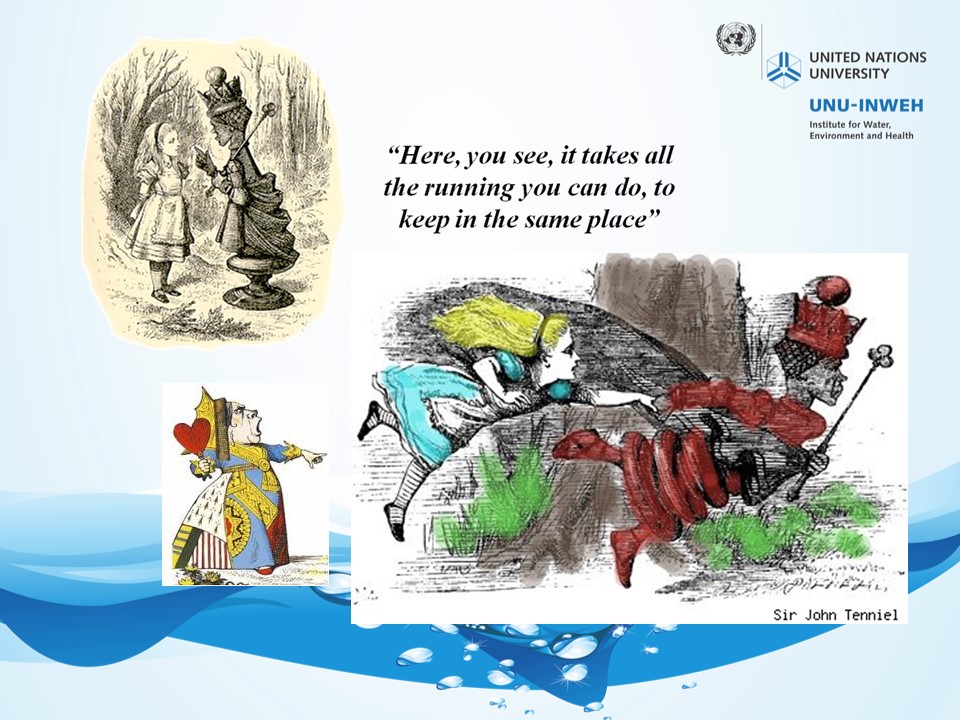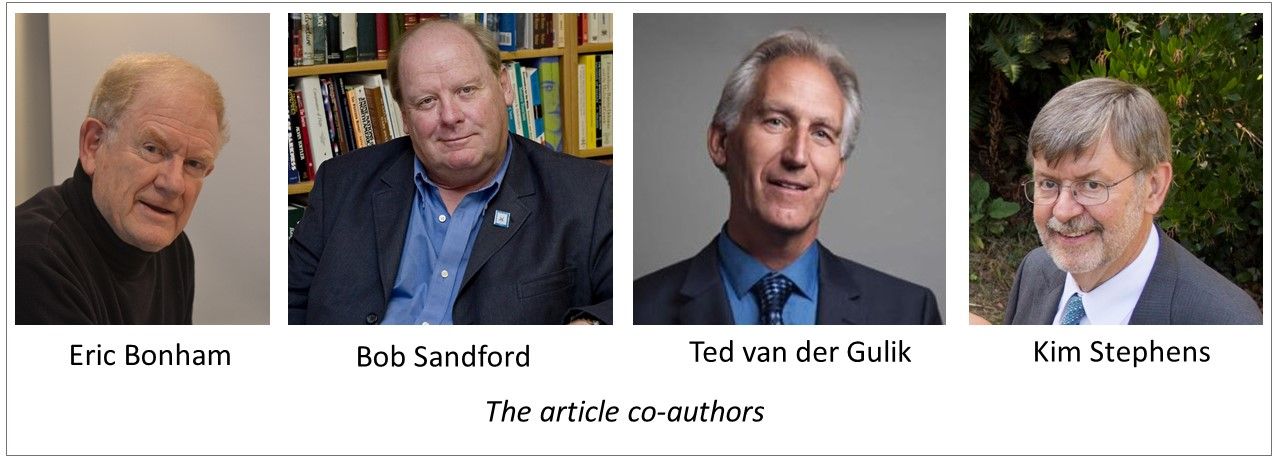GREEN COMMUNITIES & DESIGNING WITH NATURE IN BRITISH COLUMBIA: Partnership for Water Sustainability’s “Feast AND Famine Workshop” showcased solutions and tools for building water-resilient communities (Dec 2015)
Note to Reader:
The Spring 2016 issue of Watermark Magazine (published by the BC Water & Waste Association) includes an article that describes the Feast AND Famine Workshop held in December 2015, and co-hosted by the Partnership for Water Sustainability in BC and the Irrigation Industry Association of BC.
Download Feast AND Famine, Flood AND Drought: Solutions and tools for building water-resilient communities to read the complete article. The co-authors are Kim Stephens, Ted van der Gulik, Bob Sandford and Glen Brown.
Flood AND Drought: What Happened to the Water Balance?
Western North America may be crossing an invisible threshold into a different hydro-meteorological regime. Annual volumes of water entering and exiting regions are not necessarily changing. Instead, what is changing is how and when water arrives and leaves – its flood and drought! The Feast AND Famine Workshop addressed this over-arching question: What should we expect and what can we do to build “water-resilient communities”?
Co-hosted by the Partnership for Water Sustainability and the Irrigation Industry Association, ‘Feast AND Famine’ showcased solutions and tools to address risk and build resiliency. A decade earlier, the 2003 “teachable year” had set in motion water sustainability processes in BC, guided by a vision to develop solutions and tools that would help communities manage risk and build resiliency in response to a changing climate.
Wetter, Warmer Winters; Longer, Drier Summers
Bob Sandford – internationally known author, water champion and keynote speaker – provided this big picture context at the Feast AND Famine Workshop: “The drought that extended this past winter, spring and summer from Vancouver Island to Manitoba and from Mexico to the Yukon is an indicator that Western North America may be crossing an invisible threshold into a different hydro-meteorological regime.”
“After a period of relative hydro-climatic stability, changes in the composition of the Earth’s atmosphere have resulted in the acceleration of the global hydrologic cycle with huge implications. We can expect deeper, more persistent drought punctuated by flooding.”
A Solution: Design with Nature
Adaptation to a changing climate was a unifying theme. Designed to spark a conversation that would reverberate after the workshop, Feast AND Famine shared a vision for ‘designing with nature’ to restore hydrologic integrity and maintain the seasonal ‘water balance’. Attendees were introduced to solutions and tools that can help communities achieve water resiliency. Both the urban and agricultural perspectives were represented.
The workshop program comprised four cascading modules – from high-level visioning to ground-level applications. Each module was delivered by a team of two presenters.
The Red Queen Effect
“I am reminded of the ‘Red Queen Effect’ in biology which is used as a metaphor for the evolutionary principle that regardless of how well a species adapts to its current environment, it must keep up with its competitors and enemies who are also evolving,” stated Bob Sandford in his keynote address.
“The Red Queen Effect is an allusion to Lewis Carrol’s Through the Looking Glass where Alice is confronted with the fact that in Wonderland you have to run at least twice as fast to keep in the same place. The Red Queen Effect very much describes our current sustainability challenge. Do nothing and fall behind; or run hard just to stay where you are.”





